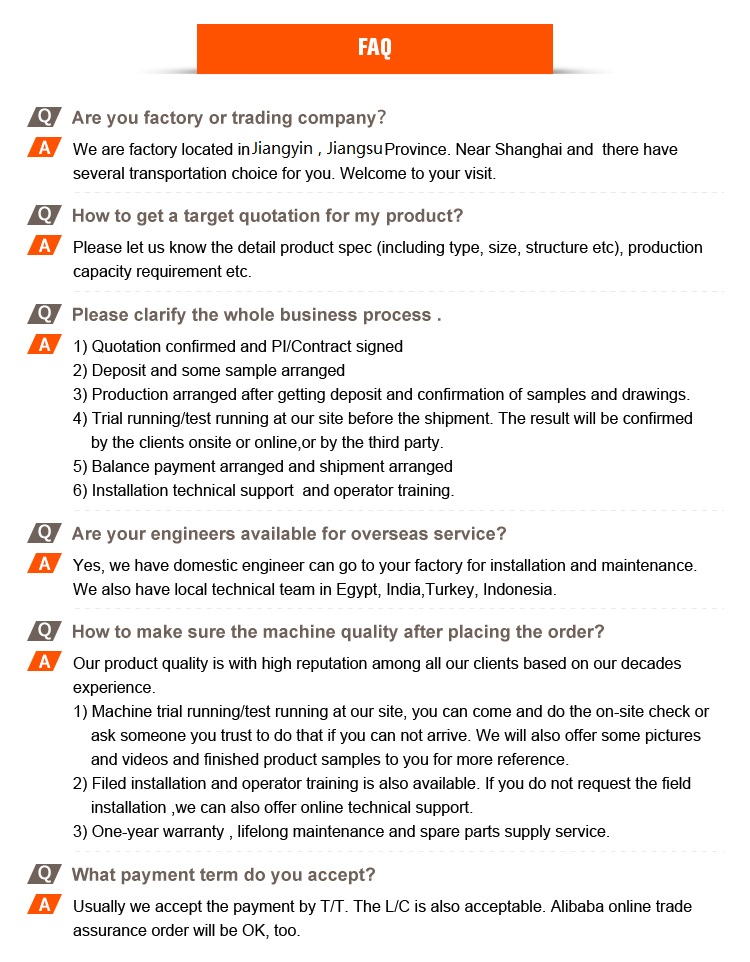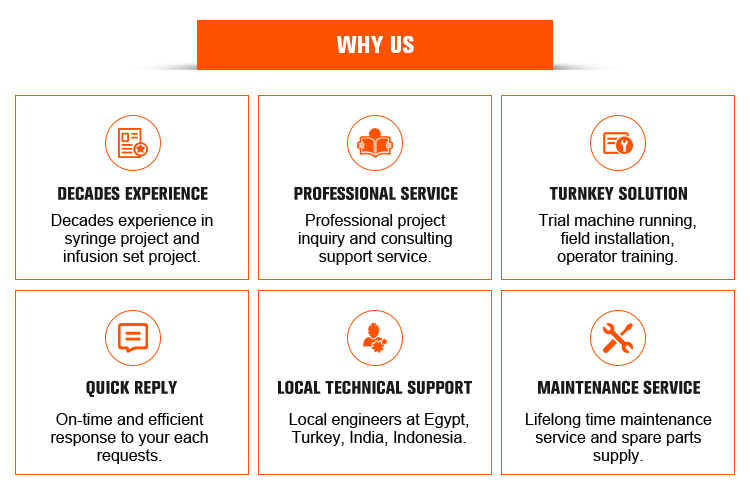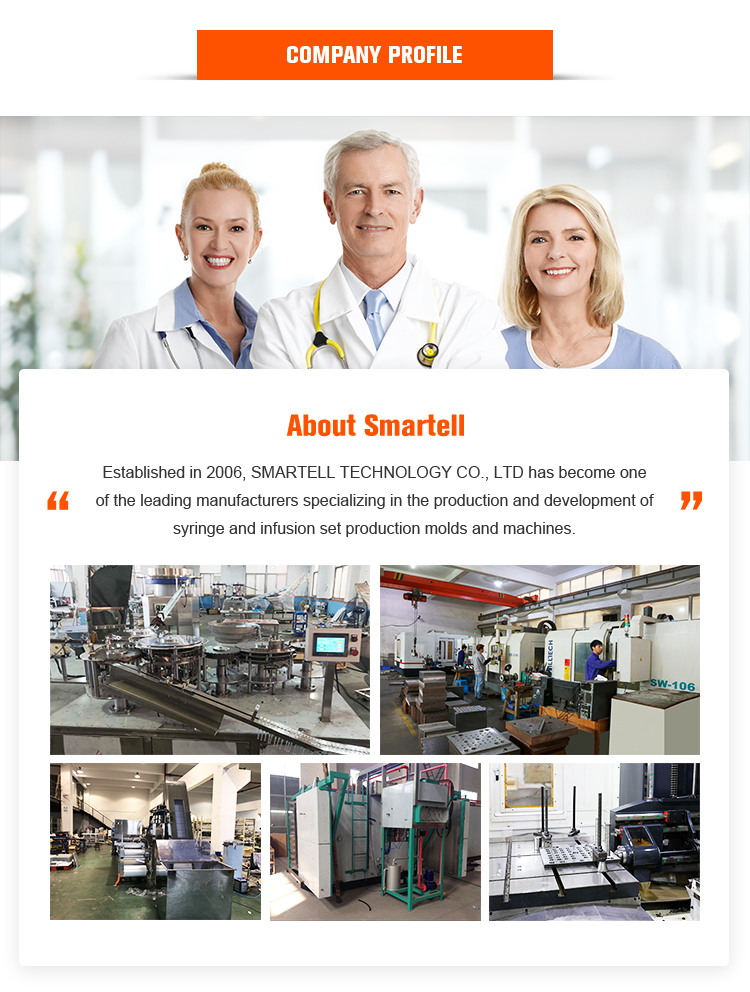| Availability: | |
|---|---|
| Quantity: | |
SMT-5010
SMARTELL

As a specialized sterilization equipment widely recognized in the medical and healthcare industries, the Ethylene Oxide (EO) Sterilizer is designed to achieve high-efficiency, broad-spectrum sterilization of heat-sensitive and moisture-sensitive materials through the strong microbicidal properties of ethylene oxide gas. Unlike traditional high-temperature sterilization methods (such as autoclaving), this equipment operates on the principle of low-temperature fumigation sterilization, ensuring that delicate items—including medical devices, pharmaceuticals, and biological products—remain intact while eliminating all forms of microorganisms, including bacteria, viruses, fungi, and spores.

One of the greatest advantages of an ethylene oxide sterilization machine is its low operating temperature, typically between 30°C and 60°C.
This makes it ideal for sterilizing products that cannot withstand high temperatures or steam, such as plastic syringes, rubber gaskets, catheters, and electronic medical instruments. The low-temperature process ensures that the physical and functional properties of delicate materials remain intact.
Ethylene oxide gas has excellent penetration properties, allowing it to reach even the most hidden or complex parts of medical devices.
The ethylene oxide sterilization machine can eliminate all types of microorganisms, including bacteria, viruses, fungi, and spores.
This makes it one of the most reliable sterilization methods available for medical and pharmaceutical use.
A unique benefit of EO sterilization is that it can sterilize products through their packaging materials.
Medical products can be packaged in gas-permeable materials (such as Tyvek or medical-grade paper) and then sterilized inside their final packaging. This ensures that the items remain sterile until opened for use, maintaining the highest hygiene standards.
Modern ethylene oxide sterilization machines are equipped with advanced automatic control systems that precisely regulate temperature, humidity, pressure, and gas concentration.
This ensures consistent sterilization results for every cycle, with real-time monitoring to maintain safety and efficiency. Many systems also feature manual operation backups for added reliability.
EO sterilizers are available in various sizes — from small laboratory units to large industrial systems capable of sterilizing thousands of medical products at once.
This makes them ideal for mass production environments, such as syringe manufacturing lines or medical device factories, where both efficiency and quality are critical.
Because EO sterilization works effectively through sealed packaging, products remain sterile until they are opened.
This results in longer shelf life for medical products, ensuring that syringes, instruments, and other devices are ready for immediate use whenever needed.









As a specialized sterilization equipment widely recognized in the medical and healthcare industries, the Ethylene Oxide (EO) Sterilizer is designed to achieve high-efficiency, broad-spectrum sterilization of heat-sensitive and moisture-sensitive materials through the strong microbicidal properties of ethylene oxide gas. Unlike traditional high-temperature sterilization methods (such as autoclaving), this equipment operates on the principle of low-temperature fumigation sterilization, ensuring that delicate items—including medical devices, pharmaceuticals, and biological products—remain intact while eliminating all forms of microorganisms, including bacteria, viruses, fungi, and spores.

One of the greatest advantages of an ethylene oxide sterilization machine is its low operating temperature, typically between 30°C and 60°C.
This makes it ideal for sterilizing products that cannot withstand high temperatures or steam, such as plastic syringes, rubber gaskets, catheters, and electronic medical instruments. The low-temperature process ensures that the physical and functional properties of delicate materials remain intact.
Ethylene oxide gas has excellent penetration properties, allowing it to reach even the most hidden or complex parts of medical devices.
The ethylene oxide sterilization machine can eliminate all types of microorganisms, including bacteria, viruses, fungi, and spores.
This makes it one of the most reliable sterilization methods available for medical and pharmaceutical use.
A unique benefit of EO sterilization is that it can sterilize products through their packaging materials.
Medical products can be packaged in gas-permeable materials (such as Tyvek or medical-grade paper) and then sterilized inside their final packaging. This ensures that the items remain sterile until opened for use, maintaining the highest hygiene standards.
Modern ethylene oxide sterilization machines are equipped with advanced automatic control systems that precisely regulate temperature, humidity, pressure, and gas concentration.
This ensures consistent sterilization results for every cycle, with real-time monitoring to maintain safety and efficiency. Many systems also feature manual operation backups for added reliability.
EO sterilizers are available in various sizes — from small laboratory units to large industrial systems capable of sterilizing thousands of medical products at once.
This makes them ideal for mass production environments, such as syringe manufacturing lines or medical device factories, where both efficiency and quality are critical.
Because EO sterilization works effectively through sealed packaging, products remain sterile until they are opened.
This results in longer shelf life for medical products, ensuring that syringes, instruments, and other devices are ready for immediate use whenever needed.







